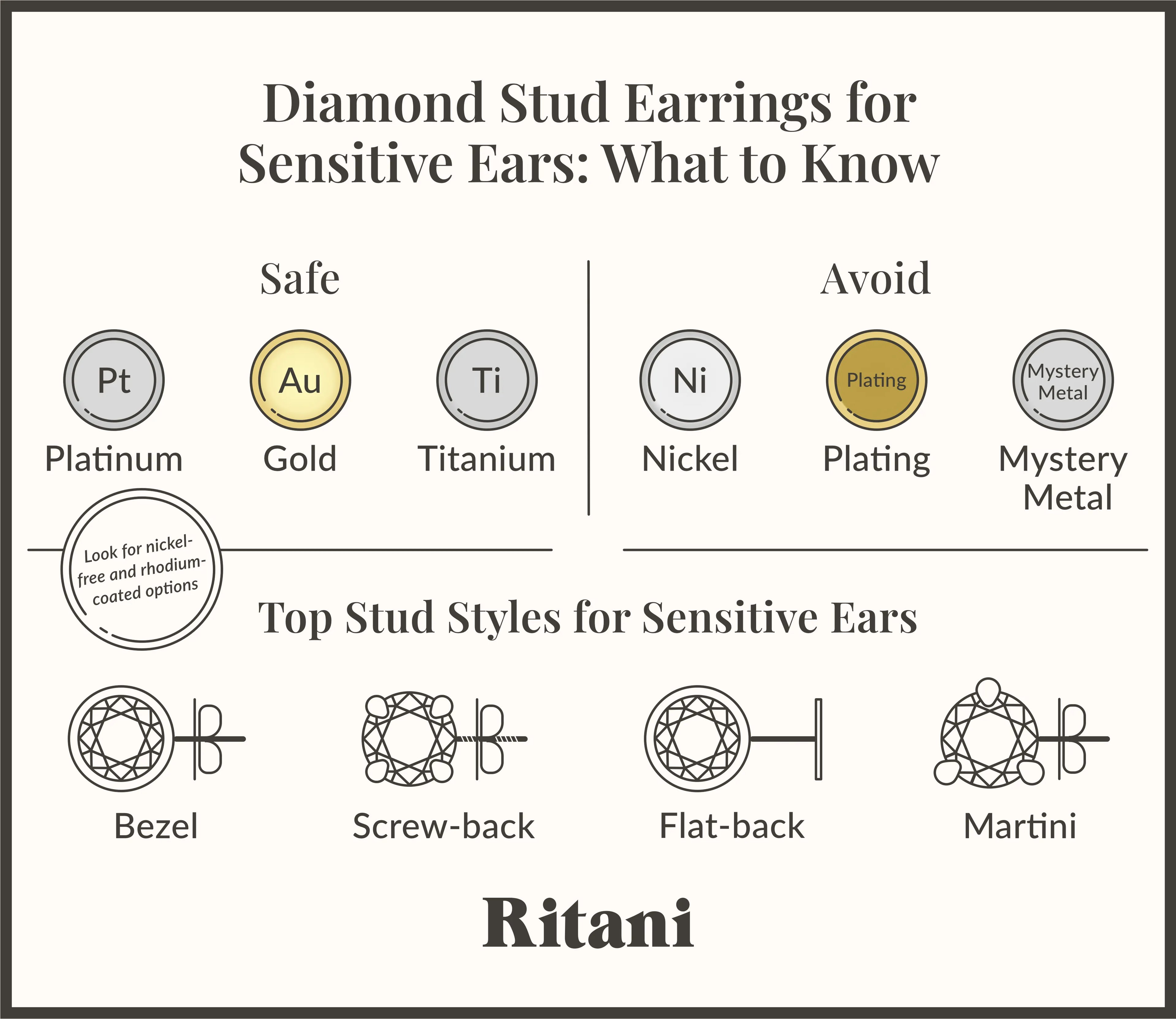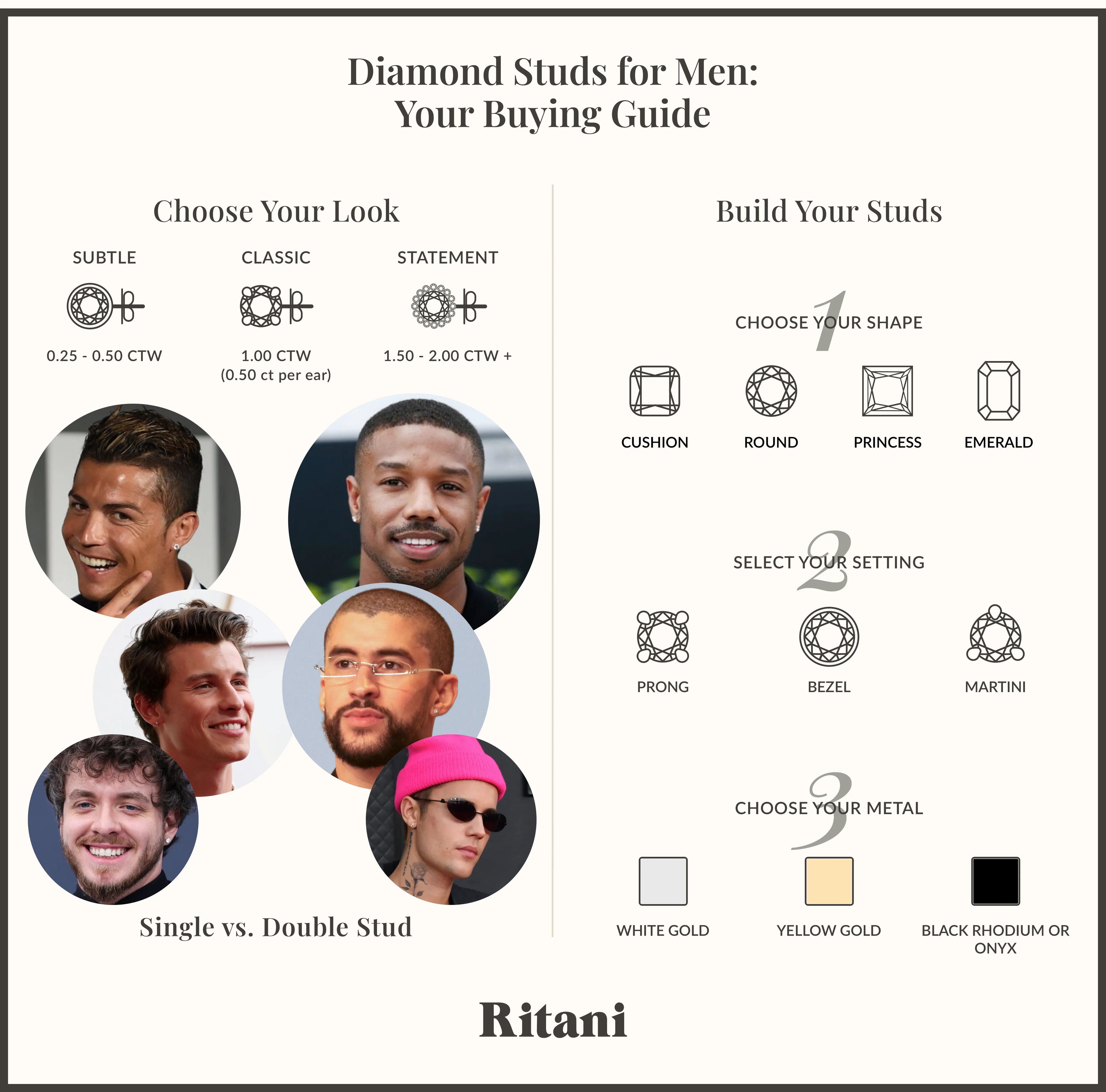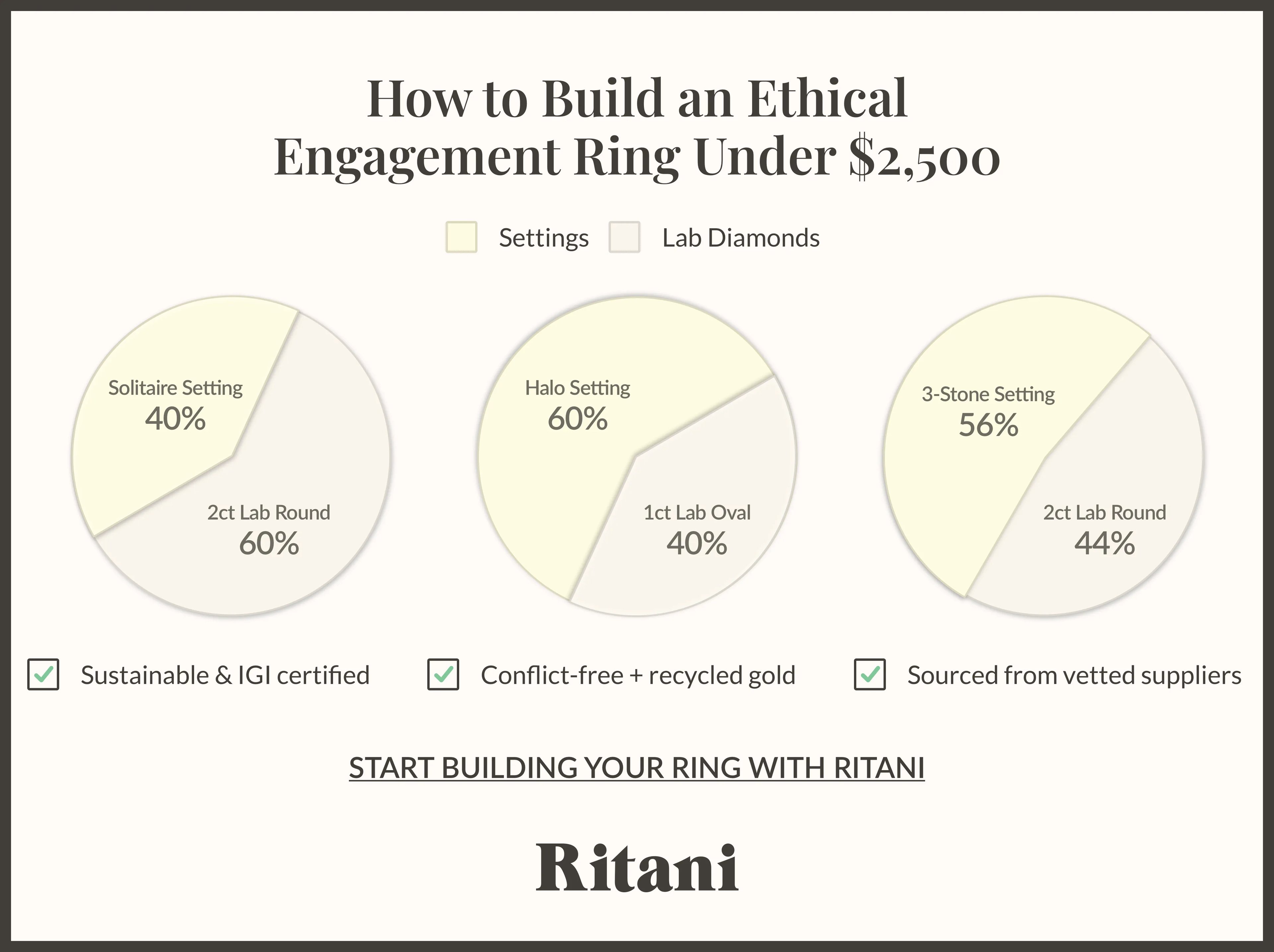Diamond Stud Earrings for Sensitive Ears: What to Look For

If your ears get itchy, red, or irritated after wearing earrings, you’re not alone. Sensitive ears are incredibly common—and choosing the right pair of diamond studs can make all the difference. In this guide, we’ll walk you through which materials are safest, what to avoid, and the best diamond earring options for sensitive skin.
What Causes Earring Sensitivity?
Reactions often stem from:
· Nickel alloys used in cheaper metals
· Poor-quality plating that wears off quickly
· High friction or pressure from heavy earrings or improper backs
Nickel is the #1 culprit in metal allergies.
Best Metals for Sensitive Ears
| Metal | Why It’s Great | Notes |
| Platinum | Naturally hypoallergenic, durable | Premium price, but long-lasting |
| Titanium | Ultra-light, non-reactive | Great for sport or casual wear |
| 14K+ Gold | Low alloy content if nickel-free | Choose white gold with rhodium |
| Surgical Steel | Budget-friendly and skin-safe | Ensure it’s ASTM F-138 certified |
Avoid These Materials
· Mystery metals in fast fashion jewelry
· White gold under 10K (may contain nickel unless coated)
· Plated base metals (wears off and exposes allergens)
Best Earring Backings for Comfort
· Screw-backs: Secure, reduce motion/friction
· Flat backs: Great for sleeping and everyday wear
· Silicone sleeves: Add a layer of comfort
Top Picks: Hypoallergenic Diamond Stud Styles
| Style | Description | Ideal Metal |
| Bezel-set 0.50 CTW | No prongs = no snags | Platinum or titanium |
| Lab diamond studs | More size, same sparkle | White gold or surgical steel |
| Low-profile martini | Less pressure on lobes | Rhodium-plated 14K gold |
| Screw-back cushion cut | Secure for all-day wear | Nickel-free gold |
Tips to Prevent Reactions
· Clean your earrings regularly with gentle solution
· Let new piercings heal completely before switching earrings
· Take earrings out overnight if possible
· Don’t wear jewelry while working out or in pools
Sensitive ears don’t mean you have to sacrifice style. With the right metal and setting, you can wear diamond stud earrings comfortably every day—and look amazing doing it.
Watch the video below to learn how to clean diamond stud earrings for sensitive ears.


